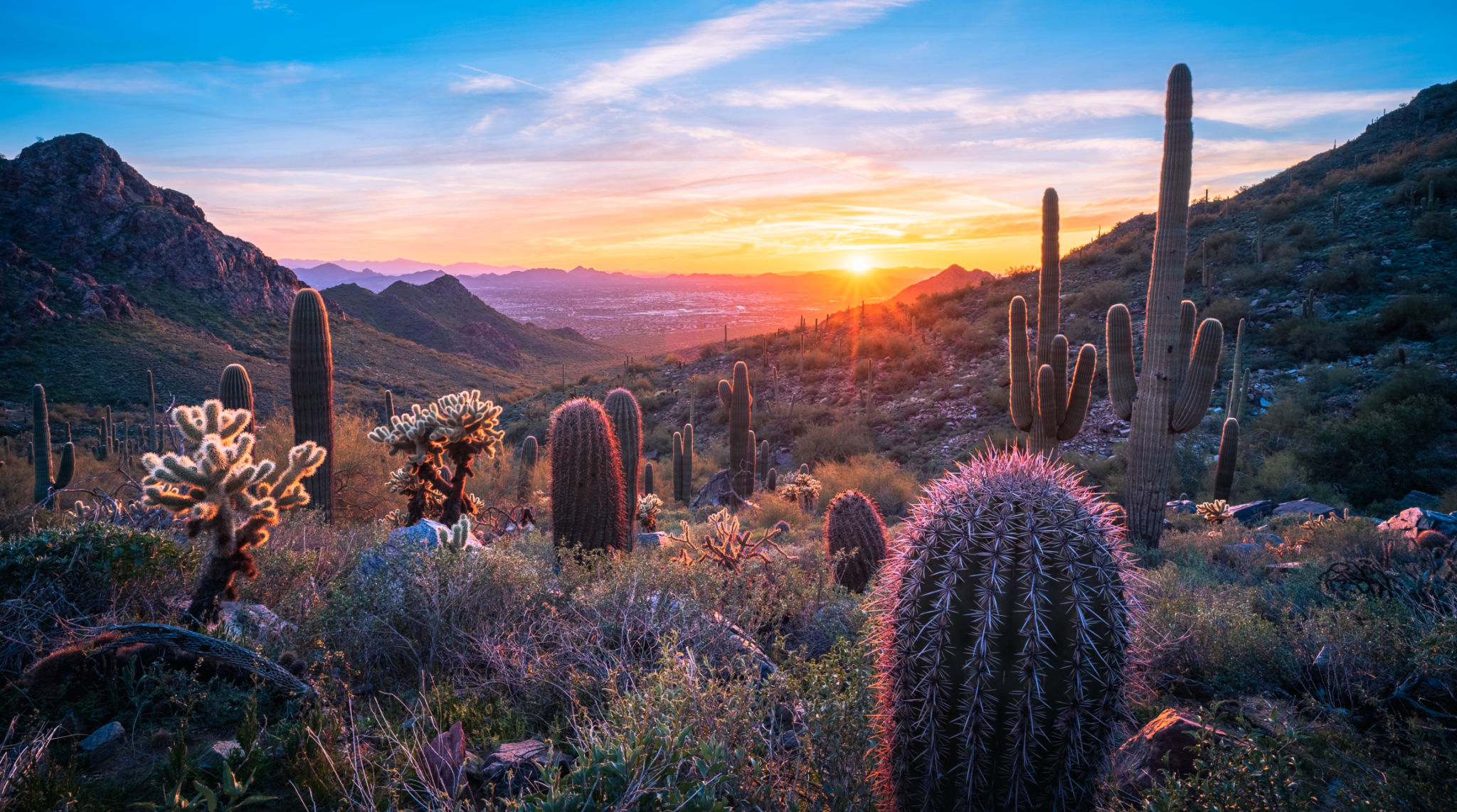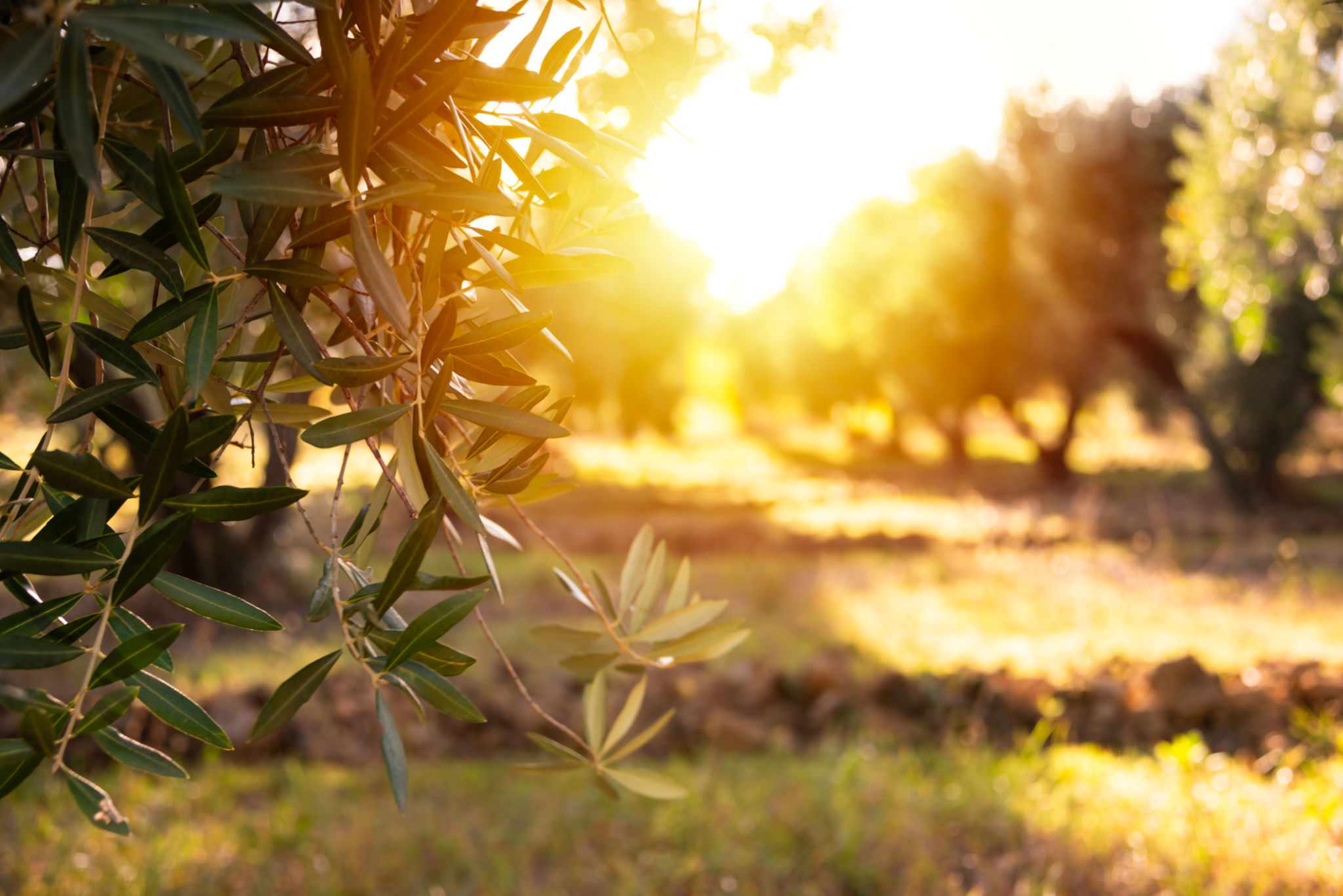Top Olive Varieties Suited for Arizona Climates
Understanding the Climate in Arizona
Arizona is known for its arid climate, characterized by hot summers and mild winters. This environment can be challenging for many crops, but olives are well-suited to the conditions. Olives thrive in warm, sunny climates, making them an excellent choice for Arizona growers.
The dry air and ample sunshine provide an ideal setting for olive trees, which require well-drained soil and full sun exposure. However, not all olive varieties are equally adapted to these conditions. It's crucial to select the right types that can withstand the specific challenges posed by Arizona's climate.

Popular Olive Varieties for Arizona
Arbequina
The Arbequina olive is a popular choice among Arizona growers due to its adaptability and resilience. Originating from Spain, this variety is known for its small, flavorful olives and high oil content. Arbequina trees are drought-tolerant and can thrive in the hot, dry conditions of Arizona.
These trees are also relatively small, making them easier to manage and harvest. The fruit from Arbequina olives is often used in oil production, offering a mild and buttery flavor that is highly sought after.
Kalamata
Kalamata olives are another excellent option for Arizona climates. Although they are traditionally grown in Greece, they have adapted well to similar conditions found in Arizona. Known for their dark purple color and almond shape, Kalamata olives are primarily used as table olives.

The trees require less water than other varieties, making them perfect for the water-conscious gardener. Additionally, Kalamata olives offer a rich, fruity flavor that enhances a variety of dishes, making them a favorite among chefs and home cooks alike.
Other Suitable Varieties
- Manzanilla: Originally from Spain, Manzanilla olives are appreciated for their versatility. They can be used as both table olives and for oil production.
- Mission: This variety is well-suited for both eating and oil production. It adapts well to different climates and is known for its hardiness.
- Pendolino: Often used as a pollinator for other olive varieties, Pendolino trees are resilient and produce a light, fruity olive oil.

Considerations for Olive Cultivation in Arizona
When growing olives in Arizona, it's important to consider factors such as soil quality, irrigation needs, and pest management. Olives prefer slightly alkaline soil with good drainage. Regular watering is essential, especially during the first few years of growth, but overwatering should be avoided.
Pests can also pose a challenge, so routine monitoring and maintenance are recommended. Additionally, pruning is essential to maintain tree health and ensure optimal fruit production.
Benefits of Growing Olives in Arizona
Growing olives in Arizona offers numerous benefits. Apart from being well-suited to the climate, olive trees contribute to sustainable agriculture by requiring less water than many traditional crops. They are also relatively low-maintenance once established.
The economic potential is significant as well. With the rising demand for high-quality olive oil and table olives, Arizona growers can tap into a lucrative market. Moreover, olives add aesthetic value to landscapes with their silvery foliage and striking appearance.

In conclusion, selecting the right olive varieties can lead to a successful and rewarding cultivation experience in the Arizona climate. By understanding the unique needs of each variety and adapting cultivation practices accordingly, growers can enjoy a bountiful harvest of this ancient and beloved fruit.